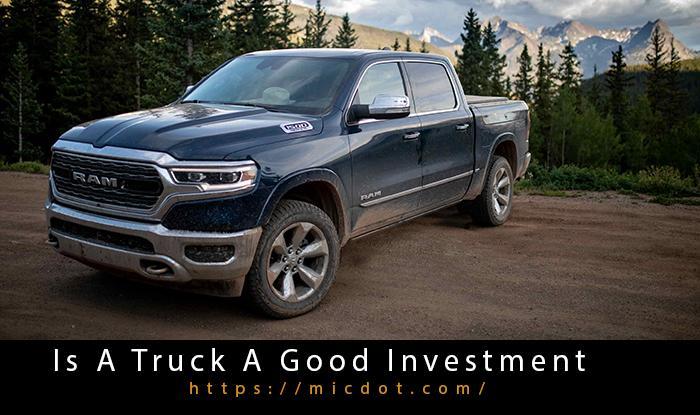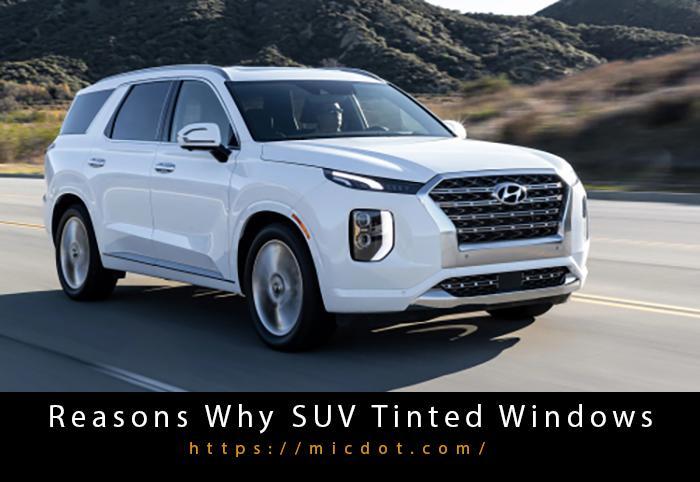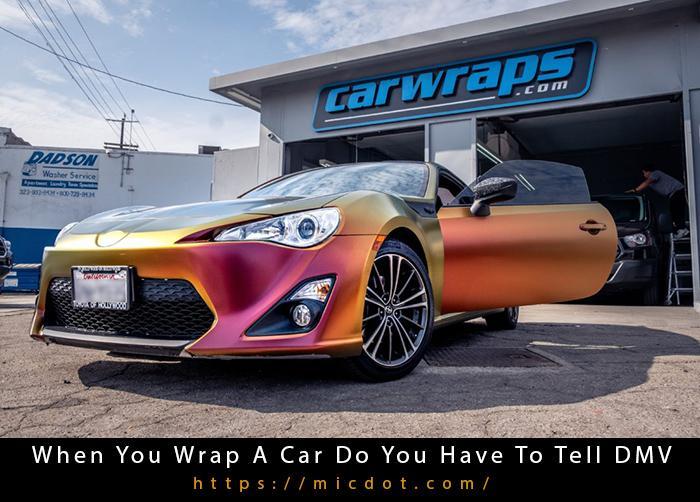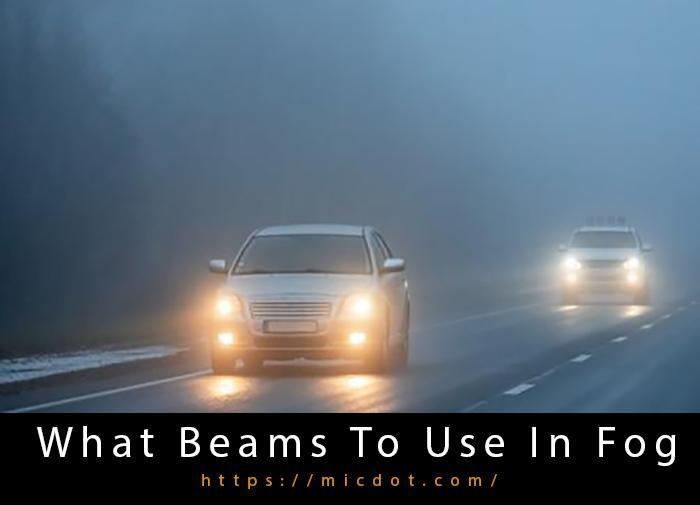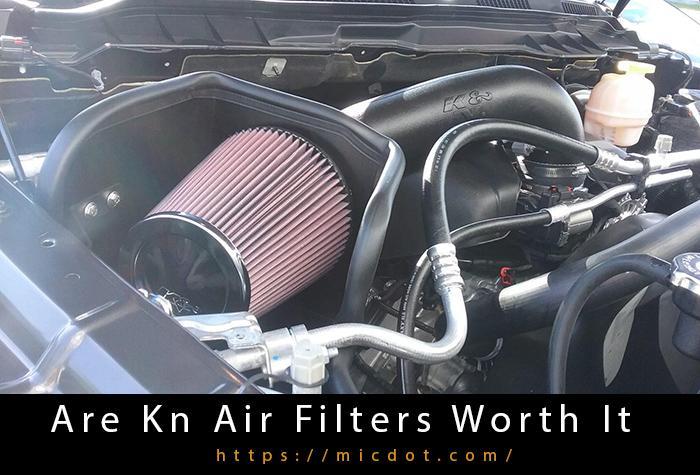The state of Virginia, like every other state in the United States, has its own regulations on how car windows can be tinted. When it comes to tinting your car’s windows in Virginia, you need to be aware of the state’s regulations first.
Tinting your car windows in Virginia is regulated by a variety of rules. For those of you who require a color that is darker than the average, we’ll go over the process of obtaining a medical exemption.
You Are Watching: Virginia Window Tint Law Updated 04/2024
Are You Allowed To Have A Tinted Windshield And Windows In Virginia?
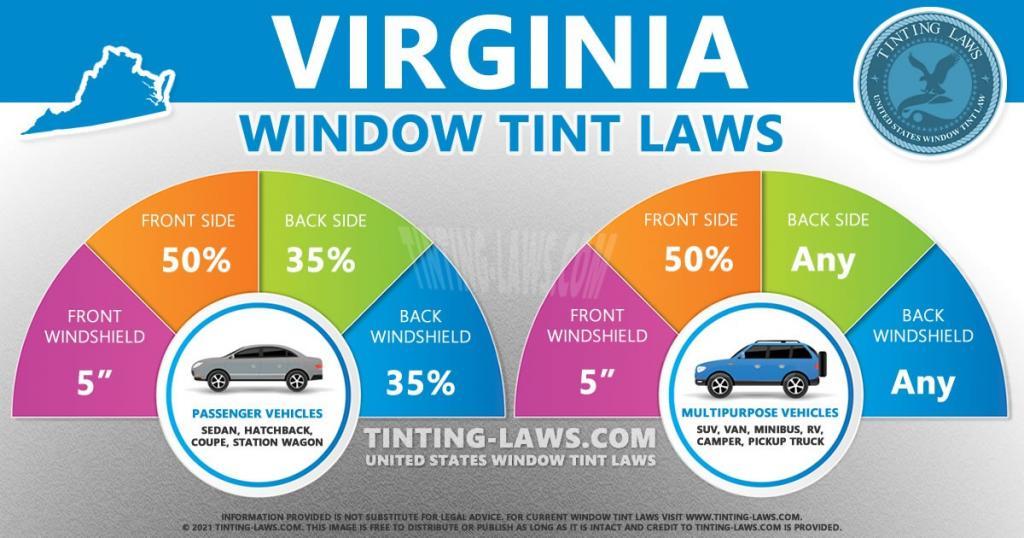
The state of Virginia does allow aftermarket window tinting, but there are a few rules that should be taken into consideration. Depending on the type of vehicle you have and the type of windows you’re tinting, you may face different restrictions.
In a subsequent portion of this post, we’ll go over the specific restrictions that apply to certain types of content.
What Is The Darkest Tint You Can Legally Get In VA?
The type of vehicle’s tinted windows will have an effect on this. Passenger vehicles can’t have their front and back windows tinted past a VLT of 50%, and the rear glass can’t be tinted past 35%.
While the same restrictions apply to the front side windows of MPVs (multi-purpose vehicles), there are no such limitations for the back side windows and rear window tinting.
“VLT” stands for “visible light transmission,” and refers to your windows’ ability to let in as much light as possible.
Dual side mirrors are required in several areas if you want to tint the back window darker than stock.
Is 20% Tint Illegal In VA?
What kind of vehicle you have and which windows are to be tinted is all that matters here. When it comes to tinting the rear and side windows of your MPV, you have the freedom to go as dark as you like. In most circumstances, a VLT of 20% is prohibited.
These restrictions may not apply if you have a medical exemption.
Can You Get Pulled Over For Tinted Windows In Virginia?
If you’re driving in Virginia and have windows that aren’t legally tinted or are excessively reflective, you could get a ticket.
Read More : Best Fuel Injector Cleaners System Additives Updated 04/2024
It is also mandatory in Virginia to display a sticker proving that your window tint complies with the state’s laws and regulations if you’ve had it done. The state, on the other hand, makes no mention of where or how this sticker should be displayed.
How Much Is A Tint Ticket In VA?
The minimum fine is $110 if an officer finds that your windows are darker or more reflecting than the permitted maximum. You’ll also have to pay for the removal of the illegal tint, which could add to your bill.
Getting a tint ticket in Virginia is expensive, so it’s always a good idea to observe the state’s window tinting requirements. ‘
Window Tint Darkness In Virginia
The amount of tint you can apply on your windows is determined on the type of car you drive and the type of glass you wish to tint. There are different regulations for different types of vehicles and windows, and we’ll go through those in this section.
Vehicles such as hatchbacks, sedan, and station wagon are known as “passenger vehicles” since they are typically used for commuting purposes. Cargo vans, pickup trucks, and minivans fall into the category of MPVs (multi-purpose vehicles).
The Federal ID label, which may be found on the driver’s side door frame, reveals the sort of car you possess.
For Passenger Vehicles
The top of windshields can be tinted with non-reflective tint. The AS-1 line on the windshield is the limit of how far this strip can stretch.
There is a 50% VLT limit for tinting the front windows.
Up to 35% of the backside windows can be tinted.
A VLT of 35 percent is possible for the rear windows of the vehicle.
For MPVs
The top of windshields can be tinted with non-reflective tint. The AS-1 line on the windshield is the limit of how far this strip can stretch.
Up to a VLT of 50% can be tinted on the front side windows.
Read More : Missouri Tint Laws That You Need Know Updated 04/2024
There are no tint limits on the backside windows.
The tint on the rear windows is completely unrestricted.
Window Tint Reflection In Virginia
For the state of Virginia, there are regulations on the amount of light that windows can reflect. There are no restrictions on reflective materials for the front or back windows of your car due to federal regulations prohibiting them.
Using red, amber, or yellow tinting is also prohibited by the state of California.
For Passenger Vehicles
Only 20% of incoming light can be reflected by the Front Side Windows.
Only 20% of incoming light can be reflected by the backside of a window.
For MPVs
Only 20% of incoming light can be reflected by the Front Side Windows.
Back windows can only reflect up to a tenth of the light that enters via the front.
How Do You Get A Medical Exemption For Window Tint In Virginia?
If you have a medical condition that prevents you from being exposed to excessive sunlight, you can acquire a medical exemption from the state of Virginia for your window tint.
After receiving a medical certification from a licensed doctor, you will be eligible for an exemption from the law. In order to apply for a driver’s license in Virginia, you’ll need to submit this certification with an application form.
In order to qualify for this exemption, you must have either a 70 percent VLT tint or a 35 percent VLT tint strip installed at the top of your windshield. In addition, instead of the standard 50% VLT tint, you can choose a 35 percent VLT tint for your front side windows.
Conclusion
Depending on where you live, you may be subject to different restrictions when it comes to putting window tint to your car. If you reside in Virginia, we really hope that this article was helpful in providing you with more information about the state’s current window tinting regulations.
We recommend that you visit the Virginia DMV website for further information on the state’s other automobile regulations.
Sources: https://micdot.com
Category: Car



